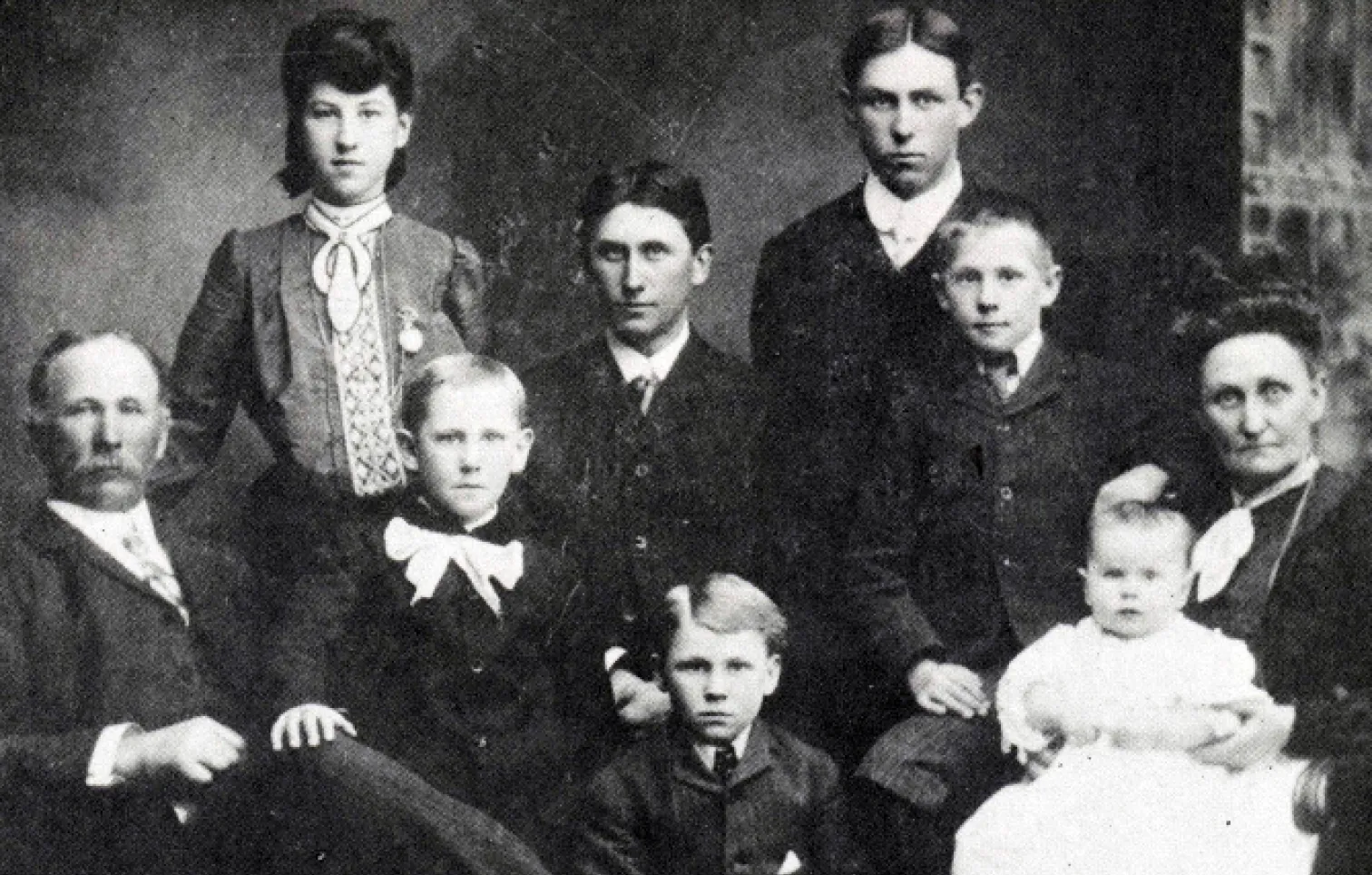This is the story of a family and the piece of land where they lived for four generations. But it is also the story of Downsview.
The Boake family didn’t “settle” Downsview. There’s archeological evidence of Indigenous activity in the area that goes back 11,000 years.
But if you’re looking for one family and one plot of land to tell the story of the last two hundred years of Downsview’s history, there’s probably no better place to find it than in the story of the Boake family and Lot 14.

When it was first surveyed in the late 18th century, Lot 14 was a rectangular strip of forest land sub-divided into several Concessions, south of what is now Sheppard Avenue, running between Yonge St. in the east and Jane St. in the west.
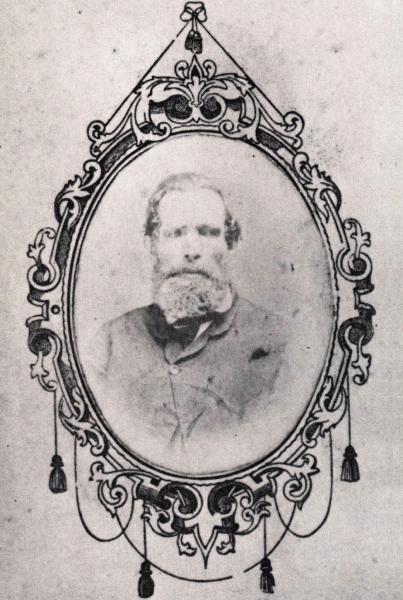
The first people to be granted title to it were Charles and William White. They were the children of John White, the first attorney general of Upper Canada, who was killed in a duel with the clerk of the Executive Council in 1800.
The White brothers never actually lived on Lot 14, but they made money harvesting the trees and selling off portions of the land to settlers eager to farm there. And that’s where the story of the Boake family begins.
Edward and John Boake arrived in Canada from County Tipperary, Ireland in 1824. They were part of the early Irish settlement of this area. John got work clearing trees in the area of Bathurst St. and Davenport Road. In 1832, he married his first cousin Rebecca Boake. They eventually had eight children.
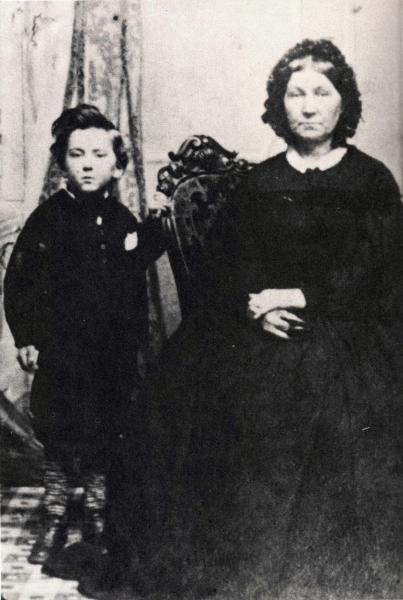
After his marriage, John Boake began purchasing land in Downsview, including a lumber mill in the west half of Lot 14 in the 4th Concession. The mill’s large circular saws were powered by water-driven paddles in nearby Black Creek. Some of the planks sawed at John Boake’s mill were used to build the Gore Vaughn Plank Road, now known as Dufferin Street.
John’s brother Edward married Rebecca’s half sister, Sarah Boake in 1835. The following year, they built a log home on the northwest quarter of Lot 14, in the 3rd Concession, west of Yonge Street. Fourteen of their fifteen children were born there.
Around 1860, they built a second, and much grander home near what is today the intersection of Sheppard Ave. and Keele Street. They called it Locust Lodge, after the locust trees that surrounded it. Over the next hundred years, this would be the home to four generations of Boakes.

Edward and Sarah raised Holstein cattle, pigs, and chickens on about 50 acres of land they had cleared. They also bred Clydesdale horses that they sold to dairies in Toronto to pull milk wagons. In the surrounding fields they grew wheat, oats, barley, hay and corn.
By the 1890s, the farm and Locust Lodge belonged to Bartholomew J. Boake, the 13th child of Edward and Sarah, who eventually passed it on to the second of their ten children, Harold F. Boake.
But by then it was the 1920s, and Downsview was beginning to change.
Increasingly, the stillness of life on the farm would be broken by the whir of engines overhead. Downsview was the highest and flattest piece of land in the Toronto area, and that made it an ideal location for the city’s first airfields.

In April 1929, de Havilland Aircraft of Canada built the de Havilland Airfield on 70 acres of farmland along Sheppard Avenue West. They purchased 20 of those acres from H. F. Boake. By 1942, de Havilland owned an additional fifty acres of the northeast quarter of Lot 14 where they were building and testing planes like the Mosquito and Tiger Moth to support the war effort.
What had once been virgin forest and then prime agricultural land, was now transitioning to military and industrial use, and the days of Locust Lodge and the Boake family farm in Downsview were numbered.
The end came in the early 1950s. A team from the Department of National Defence arrived at Locust Lodge and informed Harold Boake that they would be expropriating his farm to build a military base. They would pay him $800 an acre.

He was unhappy about the price, but even more than the money, H.F. Boake was heartbroken about losing a house and a farm that his father and grandfather had built, and where his family had thrived for eighty years. He eventually came to a financial settlement with the government and bought another farm east of Jane Street, north of Highway #7. Ten years later, most of that farm was expropriated by the CNR.
Today, the descendants of John and Edward Boake number in the thousands, and they can be found in cities and towns across North America. And though none still live in the Downsview area, the family remains proud of the role they played in shaping its history.
When CFB Toronto was closed in the 1990s, the family suggested H.F. Boake Park as the name for the new federal park that would occupy a portion of the Downsview lands. That idea evolved into a naming strategy for the woodlot that bordered Locust Lodge, the house that had been torn down in the 1950s. Through the Downsview Park master plan process this stand of mature trees, some of which were planted by H.F. Boake, was named Boake’s Grove.
More Stories
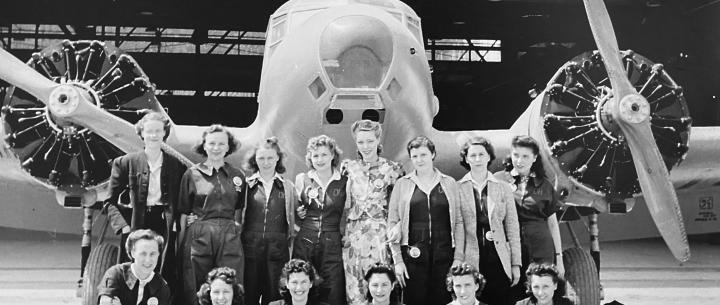
De Havilland Aircraft
Starting in the late 1920s, land in the Downsview area was being used for airfields—Barker Field, the Canadian Express Airport and the Toronto Flying Club. In April 1929, the de Havilland Airfield was built after de Havilland Aircraft of Canada purchased 70 acres of farmland along Sheppard Avenue West.
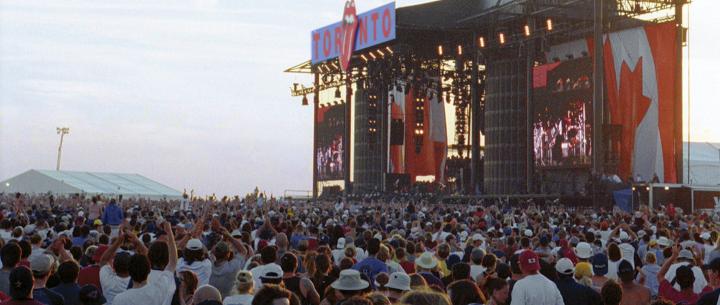
SARSStock Rocks Downsview
It was the biggest rock concert in Canadian history, and one of the largest outdoor ticketed events ever staged in North America.
